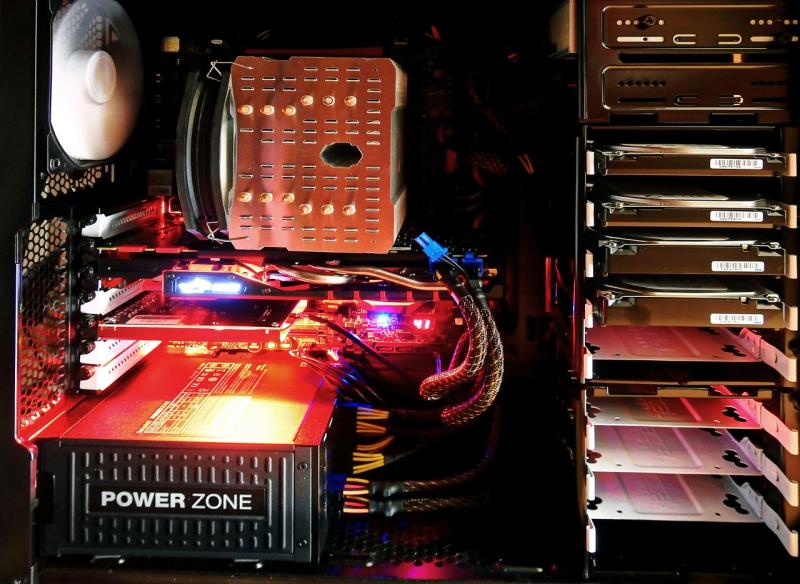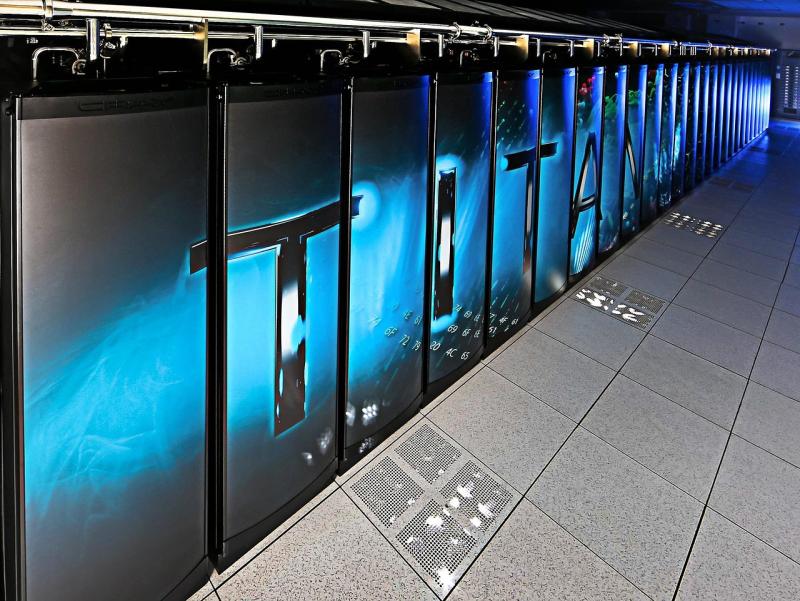The pace of innovation in PC hardware continues to accelerate, driving the next evolution of personal computing. Today’s advancements span from revolutionary processor microarchitectures and cutting‑edge memory solutions to breakthroughs in GPU performance, intelligent thermal management, and sustainable manufacturing practices. This article delves into these emerging trends, exploring how they work in unison to shape a future that is more powerful, efficient, and environmentally responsible.
#### Advanced CPU Microarchitectures and Quantum‑Inspired Designs
At the heart of any PC is its processor, and next‑generation CPUs are undergoing radical transformations. Manufacturers are now pushing silicon manufacturing to sub‑5nm processes, enabling billions of transistors to be packed into a single chip. This evolution leads to greater multi‑core performance, improved energy efficiency, and faster instruction pipelines. Furthermore, cutting‑edge concepts such as heterogeneous architecture allow general‑purpose cores to work closely with specialized accelerator cores, including those dedicated to AI computations.
Recent research also hints at integrating quantum‑inspired algorithms into traditional processors, where hybrid systems combine classical computing power with quantum‑like parallel processing. This integration promises to accelerate complex simulations, cryptographic analysis, and real‑time data analytics, ensuring that processors maintain their lead even as software demands grow exponentially.
#### Next‑Generation Memory Solutions: DDR5X, QLC NAND, and HBM
Memory technology is another critical pillar in next‑generation PC performance. DDR5 and emerging DDR5X modules are setting new benchmarks by offering unprecedented data transfer rates and lower latencies compared to previous generations. With increased density, these memory solutions not only support smoother multitasking and faster application launches but also operate at reduced power consumption.
Simultaneously, advancements in storage are reshaping how we handle data. QLC (Quad‑Level Cell) NAND technology enables SSDs to achieve higher storage densities, making large‑capacity drives more cost‑effective, while High‑Bandwidth Memory (HBM) takes a vertical approach to memory stacking, delivering extremely high throughput with a reduced physical footprint. Together, these innovations ensure that as video files, games, and databases grow in size, PC memory will remain a key enabler of high‑performance, data‑intensive tasks.
#### Graphics Innovations: AI‑Driven Ray Tracing and Beyond
Modern GPUs are evolving at breakneck speed by integrating advanced AI‑driven rendering techniques such as real‑time ray tracing. This technology simulates the real‑world behavior of light, shadows, and reflections, providing photorealistic graphics that bring virtual environments to life. With dedicated ray tracing cores and tensor units, current-generation GPUs like NVIDIA’s RTX series and AMD’s RDNA 2 architectures deliver breathtaking visual effects without compromising frame rates.
In addition to hardware innovation, deep learning algorithms such as DLSS (Deep Learning Super Sampling) further improve performance by upscaling lower‑resolution images into stunning 4K quality with minimal computational overhead. This synergy of raw power and intelligent processing allows creators, gamers, and professionals alike to push the boundaries of visual fidelity in real time.
#### Intelligent Thermal Management: Hybrid Cooling and Adaptive Solutions
Efficient cooling is essential for unlocking the full potential of high‑performance components. Recent trends in thermal management focus on hybrid cooling systems that blend traditional air cooling with advanced liquid cooling. These systems incorporate vapor chambers, custom water‑cooling loops, and even phase‑change cooling techniques to rapidly dissipate heat.
Moreover, AI‑driven cooling solutions monitor real‑time temperature data from multiple sensors and dynamically adjust fan speeds, pump rates, and even voltage control to maintain an optimal thermal balance. This intelligent orchestration minimizes thermal throttling during intensive tasks such as gaming or video rendering, prolonging component life and ensuring consistent performance under heavy loads.
#### Sustainable Manufacturing and Eco‑Friendly Design
As the digital age matures, environmental sustainability has become a key concern in PC hardware manufacturing. The industry is adopting greener practices by using recycled or ethically sourced materials, reducing energy consumption during production, and designing products for longevity and easier repair. For example, new power supplies boast 80 Plus Titanium or Platinum certifications and are built with modular designs, reducing both waste and operational costs.
Manufacturers are also experimenting with biodegradable plastics and greener packaging solutions, demonstrating that environmental responsibility can go hand‑in‑hand with cutting‑edge performance. This holistic approach to sustainability not only benefits the planet but also builds consumer trust in the emerging generation of eco‑friendly, high‑performance PCs.
#### High‑Speed Connectivity: From PCIe 5.0 to Thunderbolt 4 and Beyond
Modern PCs are becoming more interconnected than ever before, and high‑speed connectivity is a critical enabler of this trend. PCI Express 5.0 doubles the bandwidth available to GPUs, SSDs, and other peripherals compared to previous generations, allowing for rapid data transfer and minimal latency in adverse workloads. Thunderbolt 4 further complements this by unifying data, video, and power in a single port, streamlining connectivity and reducing cable clutter.
As future standards such as PCIe 6.0 emerge, the integration of these high‑speed interconnects will ensure that next‑generation PCs remain capable of handling increasingly complex tasks, from 4K/8K video streaming to real‑time machine learning computations, without bottlenecks. The ability to stay connected, both locally and over the cloud, will shape the next era of seamless digital interaction.
#### Enhanced Security Through Multi‑Layer Authentication
With the prominence of cyber threats, advanced security measures are paramount. PC manufacturers are integrating multi‑layered security systems that include hardware‑based encryption, secure boot protocols, and advanced biometric authentication methods such as facial recognition and fingerprint scanning. Innovations like TPM (Trusted Platform Module) and secure enclaves provide hardware‑level security that safeguards system integrity from the moment the computer powers on.
Additionally, software solutions powered by AI continuously monitor for anomalies, dynamically adjusting security protocols to thwart potential intrusions. This fusion of hardware and software security measures creates an environment where authorized users can operate with confidence—knowing that their data is protected by a system that is both robust and adaptive to evolving threats.
#### The Emergence of Edge Computing and Local AI
Edge computing is changing the landscape of how data is processed by shifting workloads closer to the source. Modern PCs are increasingly serving as edge devices that run complex AI algorithms locally, ensuring minimal latency in applications such as real‑time analytics, smart healthcare, and autonomous systems. With embedded neural processing units (NPUs) and advanced machine learning frameworks, these systems act as localized data centers, processing vast quantities of information without the inherent delays associated with transmission to centralized cloud servers.
By processing data on‑site, edge‑enabled PCs reduce network load, enhance data privacy, and deliver critical intelligence in real time. This approach not only improves performance but also sets the foundation for smarter applications across various sectors, from industrial automation to interactive media experiences.
#### Integrated Cooling and Overclocking: Pushing Limits Safely
For system builders keen on extracting maximum performance, integrated cooling and overclocking solutions represent the final frontier of PC optimization. High‑performance components require robust thermal regulation to sustain peak operational speeds. As a result, modern PCs are frequently outfitted with adaptive overclocking software coupled with custom cooling solutions such as liquid metal thermal interface materials and modular water‑cooling setups.
These configurations leverage sensor‑driven controls that adjust software settings in real time, ensuring that components maintain optimal temperature and stability. This not only enables higher clock speeds and improved performance but also prolongs the lifespan of critical devices by minimizing wear due to overheating. For enthusiasts, achieving the ideal balance between thermal management and maximum performance is the ultimate goal—a goal increasingly within reach thanks to innovations in integrated cooling and overclocking technology.
#### Future‑Proofing Through Modularity and Upgradeability
One of the most exciting aspects of next‑generation PCs is the focus on modularity and future‑proof design. By adopting systems with swappable components—such as tool‑less drive bays, modular power supplies, and upgradable chassis designs—builders can extend the life of their computers significantly. This approach not only makes it easier to adopt new technologies such as PCIe 5.0 and next‑gen memory standards but also reduces the environmental impact by minimizing e‑waste.
Modular designs allow for targeted upgrades; for instance, users can simply replace a graphics card or CPU without investing in a new system altogether. This scalability ensures that PC systems remain relevant and capable of meeting future performance demands. Ultimately, future‑proofing through modularity empowers users to build cost‑effective, sustainable, and high‑performing PCs that grow with technological advancements.
#### Conclusion
The future of PC hardware is a tapestry woven from breakthrough innovations in processor design, memory architecture, thermal management, connectivity, and sustainability. As technologies converge—from AI‑driven performance optimizations and edge computing to robust cybersecurity measures and modular upgradeability—modern PCs are evolving into platforms that are more powerful, adaptive, and eco‑friendly than ever before. Whether you’re a gamer, professional, or tech enthusiast, the exciting advancements outlined above not only promise to boost performance and efficiency but also herald a new era in personal computing that is both innovative and sustainable.
*Keywords*: next‑gen PC hardware, advanced CPU, DDR5X, QLC NAND, real‑time ray tracing, AI‑driven thermal management, sustainable PC, PCIe 5.0, modular design, heterogeneous integration, edge computing, multi‑layer security, future‑proof, smart connectivity, overclocking technology.
View our related products
See more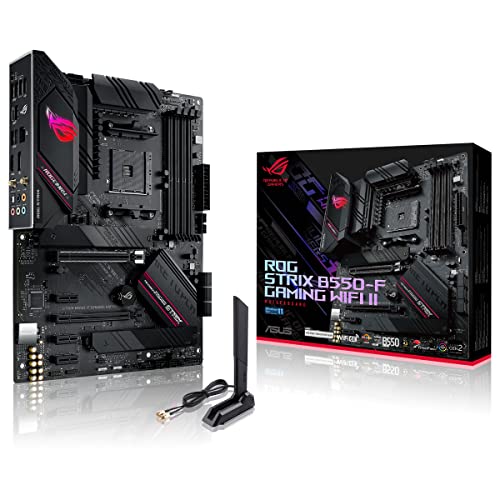
ASUS ROG Strix B550-F Motherboard
Asus
Product Review Score
4.48 out of 5 stars
227 reviews$189.99 $149.99
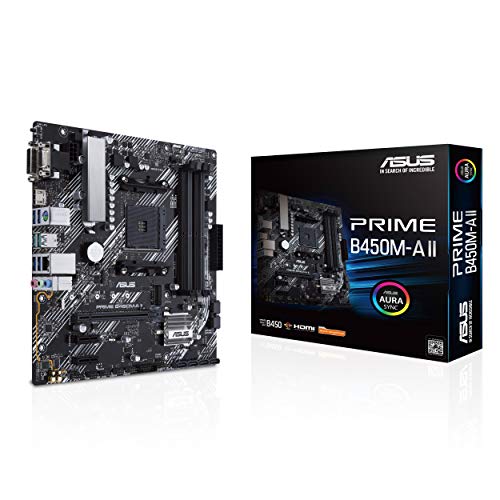
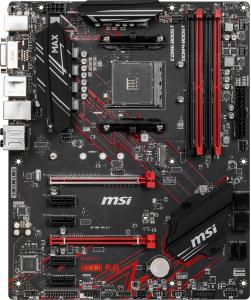
MSI B450 Gaming Max Motherboard
Msi
Product Review Score
4.44 out of 5 stars
50 reviews$114.99 $109.99
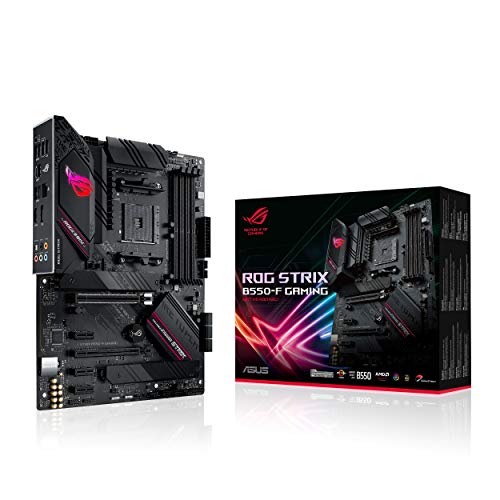
ASUS ROG Strix B550-F Motherboard
Asus
Product Review Score
4.41 out of 5 stars
170 reviews$159.99 $149.99
The Future of PC Hardware: Bridging Advanced Technologies with Sustainable Innovation
Related Articles
Essential High-Performance PC Components You Need Now
Upgrade your setup with the must-have parts for unbeatable gaming and productivity
Top Picks for Best High-Performance PCs
Find the perfect power machine for gaming, work, or creative projects
Your Guide to the Best High-Performance PCs
Find the Right PC for Your Gaming and Creative Needs
View our related products
See more
ASUS ROG Strix B550-F Motherboard
Asus
Product Review Score
4.48 out of 5 stars
227 reviews$189.99 $149.99


MSI B450 Gaming Max Motherboard
Msi
Product Review Score
4.44 out of 5 stars
50 reviews$114.99 $109.99

ASUS ROG Strix B550-F Motherboard
Asus
Product Review Score
4.41 out of 5 stars
170 reviews$159.99 $149.99
